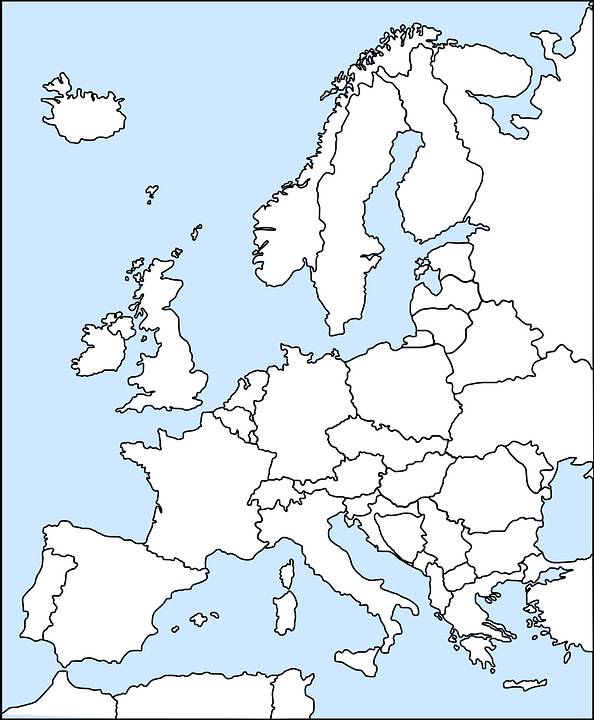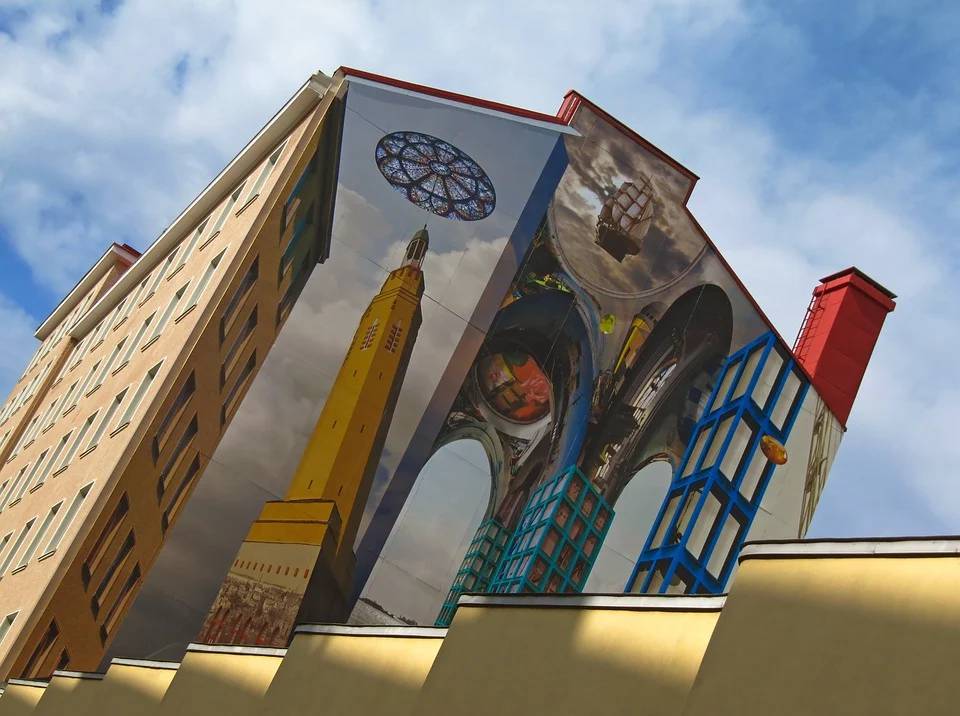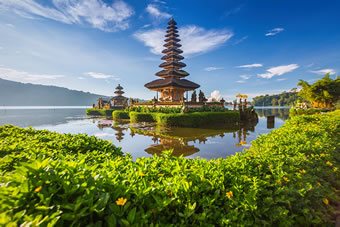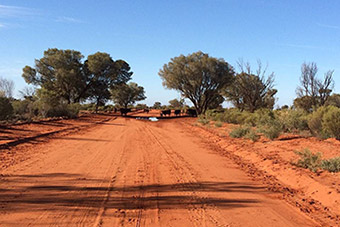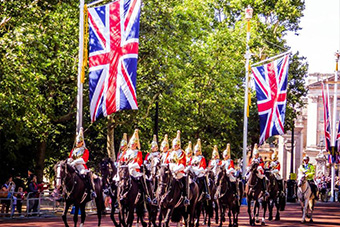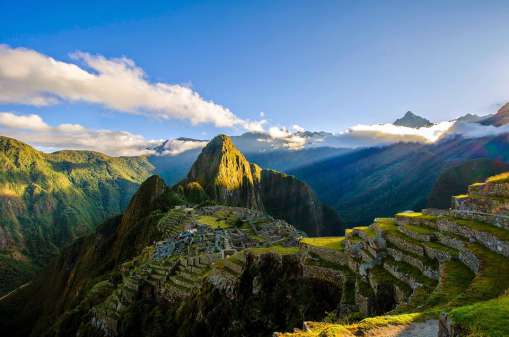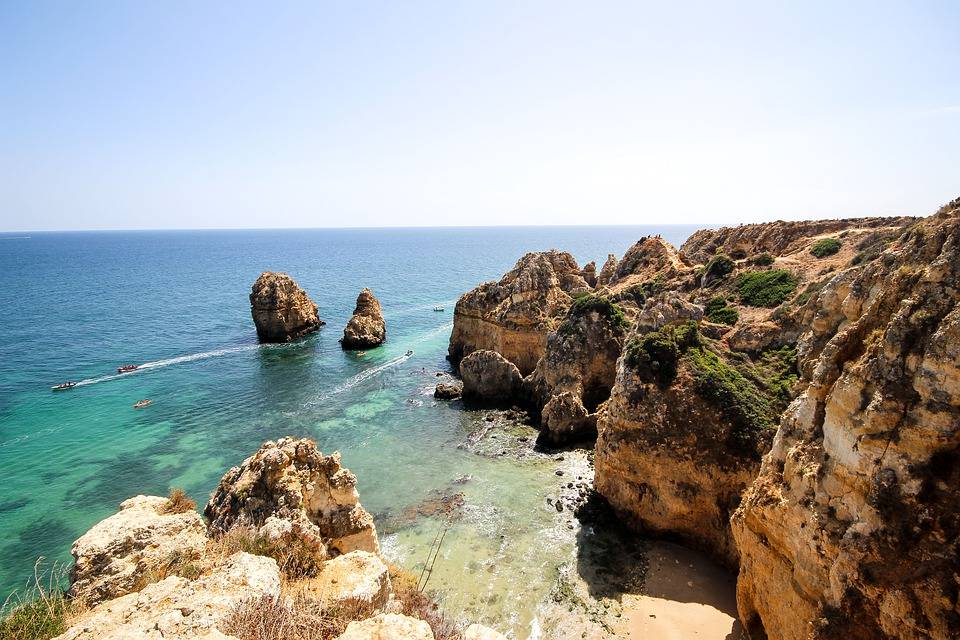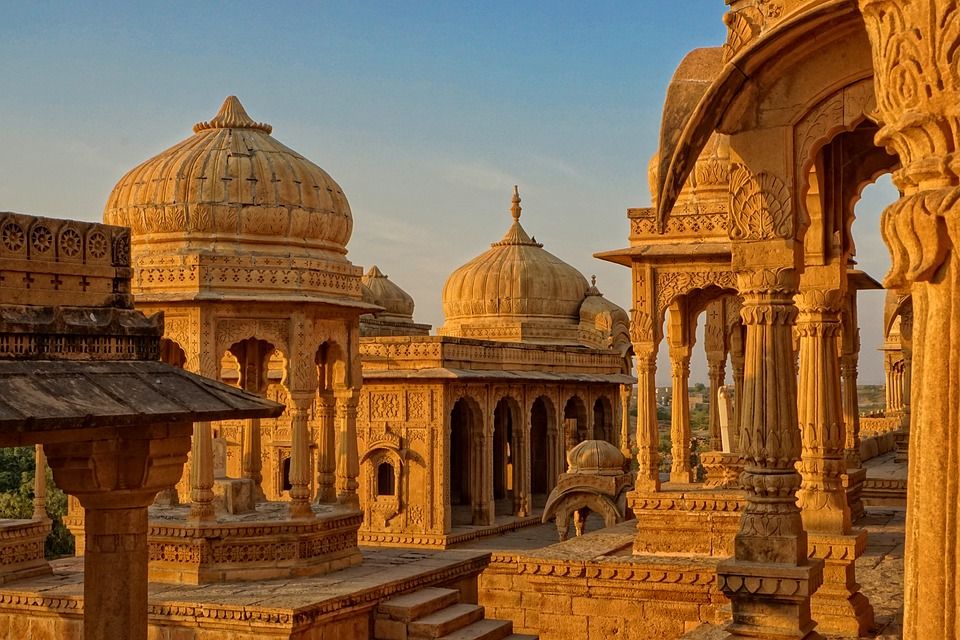Western Europe
Filled with some of the world’s top tourist destinations, Western Europe is much like an enchanting storybook – it is wide, vast, and offers a fulfilling experience like no other. The region has a richly diverse history and has been the centerpiece of some of the most important events in mankind – the Viking invasions, the adoption of Christianity, the Age of Discovery, the Renaissance, the Black Death, reformation of Catholicism, the very important French and Industrial Revolution, and in the recent years, the world wars and the formation of NATO and the European Union. Each of these historic events have left their fingerprint on the current culture and lifestyle of Western Europeans.
Western Europe sports a variation of landscapes – the semi-arid coastal areas of Spain and Portugal to the majestic Alps and the Pyrenees. The Alps, the Central Uplands and the Great European Plain together are the 3 major landscapes that form this region. The area also has an enviable moisture-laden marine climate what lies aside the Atlantic Ocean. The ocean’s influence has a calming effect on the lands, preventing harsh conditions by making the summers cool and the winters mild.
Countries in Western Europe are known for being at the centerstage of European economics. The main feature of these countries are that they are both industrially and agriculturally developed. In fact, it is a common sight to see many businesspersons engaging in industry and agriculture at the same time. It is perhaps why this region tends to have it all – from high-value cars to high-class wines and more varieties of cheeses than one can ever count.
Some facts about Western Europe
- Unlike Southern and Eastern Europe, most countries in Western Europe share a similar culture.
- Scandinavian countries, such as the Netherlands are considered a part of both Northern and Western Europe.
- In non-European continents, the term Western Europe is main associated with capitalism, liberal democracy, and the European Union.

